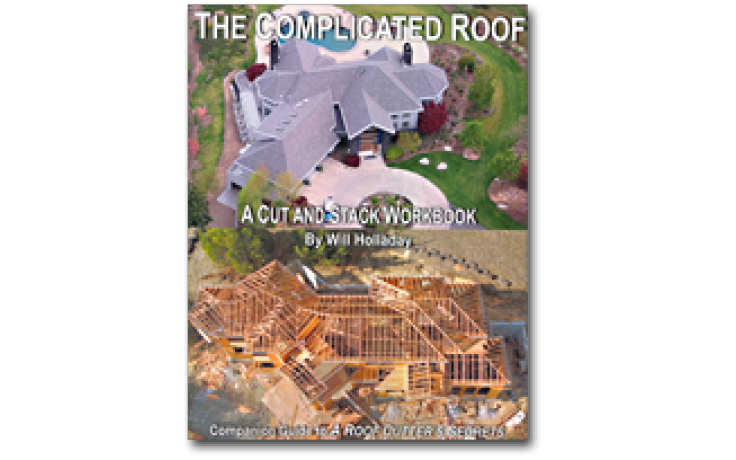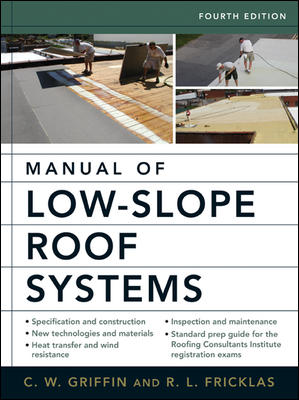How to Make Money as a New Roofing Subcontractor




Each and every year it seems to be harder and harder to make money as a sub on new construction projects. The jobs are bid tighter, there’s less time to do them, construction managers know little about trade sequencing and getting paid is harder than ever. I wonder why subs continue to fight this battle when they can paint, roof, etc. for little old lady homeowners who bring them cookies at the end of the job. If you’re going to enter the new construction war, there are things you can do to protect your interest and improve your odds for success.
Don’t Take a Knife to a Gun Fight
New construction is a tough business and you have to play by the rules. Read your contracts carefully, document changes and paperwork, and know and practice your lien rights. Assume people may not pay you and do paperwork accordingly. When it comes to disputes, a good offense beats a bad defense. Take photos and make notes on them. An iPad is a tremendous tool for this. Take photos, send them to the construction manager and ask what you’re supposed to do. Show areas that need cleaning or are readied for you. Each job can have a cloud file. Dump emails and other documentation into that file as needed.
Sometimes a Picture is Worth a Thousand Words
A simple photo emailed a week in advance with the caption, “Please clean so we can stay on schedule” can help move things along and provide documentation at a later date, if necessary to resolve a dispute.
Prepare the Worksite and Keep Staff Lean and Mean
The construction manager or general contractor wants you on the job as soon as possible. You should also frequently try to piece together work area availability. Visit the jobsite to ensure it’s ready for you — wait as late as possible to staff the job and when you do, put craftspeople on-site and hit the ground running. Try not to start an area until you can finish it. Don’t fall into the trap and pressure of the GC or CM telling you that you need ‘x’ number of people on the job because their paperwork shows it. Explain to the GC what you need, how the job is adequately staffed to stay on time and stand up for your rights. No one but you cares if people are standing around costing you money.
Plan, Plan, Plan
New construction can be a battleground full of other subs, obstacles and inefficiencies. Look ahead to identify what work areas are ready. Have an alternate plan of action if that area isn’t ready. Don’t let the chaos freeze or daze your foreman and crew. There will be changes and obstacles, but you must adapt and stay ahead of the game.
Regroup Each Week
Tell the CM what you need to stay on schedule. You must plan a week in advance and the foreman on-site needs to constantly look ahead to make sure steps are being taken to ready the work area for you.
Convert Estimates into Production Goals
One of the problems with computerized estimating is it’s mostly done by counting units. It can be time consuming for the estimator to convert the estimate into production hours and targets. Workers think in hours and days, not units. Converting the estimate to production targets helps with staffing and production. I know, some of you are thinking what good would it do to set targets, as they will only change. The purpose of the plan is to see what obstacles might be in your way and how to work around them. If you were to try to drive from one side of a major city to another, the time of day you leave and rush hour has a huge impact on the time required. Thinking through the process helps you avoid rush hour. Thinking through production helps you identify and correct potential pitfalls.
Maintain Morale
Don’t underestimate the negative impact of having a 30-year-old construction project manager or superintendent erroneously tell a seasoned craftsperson what to do and how long it should take to do it. Craftspeople like to build things, they are prideful and not necessarily diplomatic. Making them do the same thing twice or giving them false production quotas can quickly demoralize them. You have to lead your crews and offset jobsite negativity.
New construction can be a constant production battle. Success cannot be gained by hard work alone. You have to plan, document, motivate and control your workforce. If you don’t, no one else is going to do it for you.
Looking for a reprint of this article?
From high-res PDFs to custom plaques, order your copy today!










